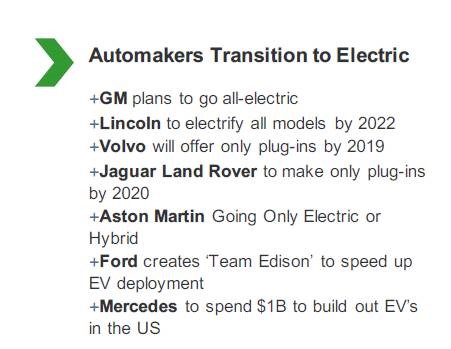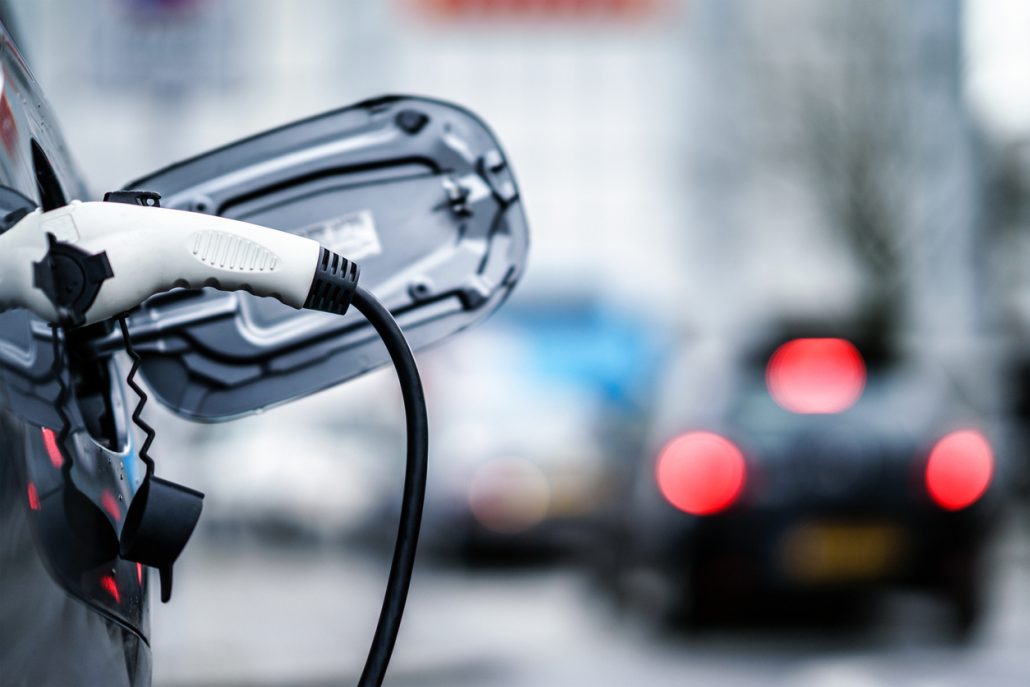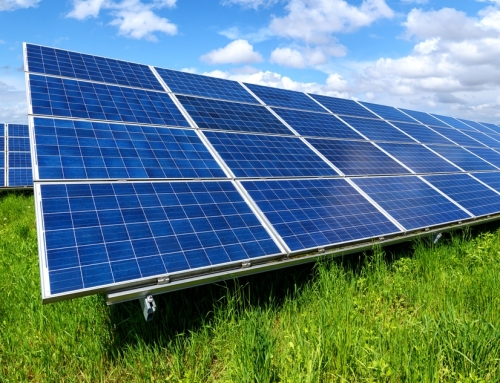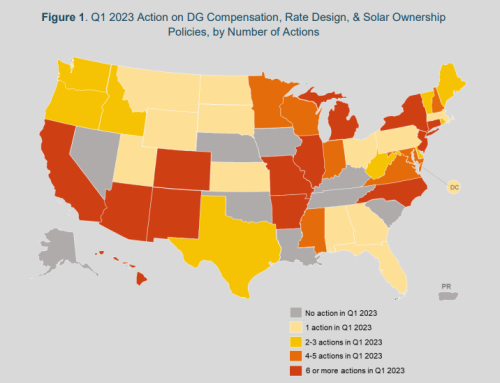A lot has changed with electric vehicles.
- In 2017, there were 199,829 EVs sold in the US. That number nearly doubled in 2018 to 361,307. And as of August 2019, there have been 200,194 sold.
- JP Morgan estimates that EVs and hybrid EVs will account for around 30% of all vehicle sales by 2025.
- Automakers are preparing for the market shift — Tesla isn’t the only buying option for EVs.

How can you prepare your facility for this EV influx?
A new way to pay for an EV charging station may be part of the answer.
New EV Charging Trend: Lease/Rent to Own
The lease-to-own model benefits more than one party involved. Let’s look at the phone industry as an example.
For cell phone providers, this model:
- Ensures revenue for network carriers
- Encourages end users to upgrade more frequently
- And makes smart phones more attainable to more people.
EV charging station manufacturers and networks are adopting the model as well. Companies like EVGo, ChargePoint, and Blink are reducing barriers to entry by improving the upfront economics and positioning charging stations as an operating expense.
What are the benefits of leasing to own?
1) Lower Upfront Costs
Leasing an EV charging station can dramatically reduce your initial investment. As a site owner, you’re responsible for preparing and running power to the charging station.
On average, preparations account for 30% of traditional upfront costs.
2) Reduced Management and Risk
Leasing your charging station shifts responsibilities back on the vendor that you would have had if you bought the station outright. These responsibilities include:
- Allocating costs
- Managing station availability
- Maintaining functionality
Since the vendor owns the device, they bear the costs and liability for servicing and repairing it.
3) Opportunity to Recoup Costs
When you install a charging station, you can decide whether you’d like to charge patrons for using it.
With costs around $100 per month, you can assume that the revenue generated will eventually cover your operating expenses.
Depending on your initial costs to prepare the site, your payback period could be shorter than the term of your lease.
4) Enhancing Your Station’s Capabilities
As battery technology improves, charge times continue to drop. Leasing allows you to upgrade at the end of your lease term, and you can decide how much you’d like to continue investing in the station.
You can make sure your charging station is up to date and continues attracting users.
Know your EV Charging options.
The EV charging marketplace is still developing, and there’s a lot more to consider than whether to lease or buy a station.
If you’re considering diving in, talk to an energy advisor to discuss your needs before bringing in a representative from a charging company.
Keep an eye out for my next post which will cover questions to ask yourself before leasing or buying a charging station.










Leave A Comment